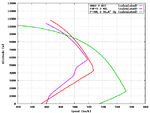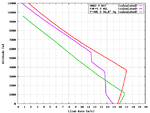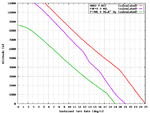Hi Renrich,
>Actually, in looking at the chronology of the two Ac, a comparison of the F4F3 and P40E makes more sense.
OK, here it is. Do you think the A6M2 is the most representative Zero variant to compare these two against?
Regards,
Henning (HoHun)
>Actually, in looking at the chronology of the two Ac, a comparison of the F4F3 and P40E makes more sense.
OK, here it is. Do you think the A6M2 is the most representative Zero variant to compare these two against?
Regards,
Henning (HoHun)





